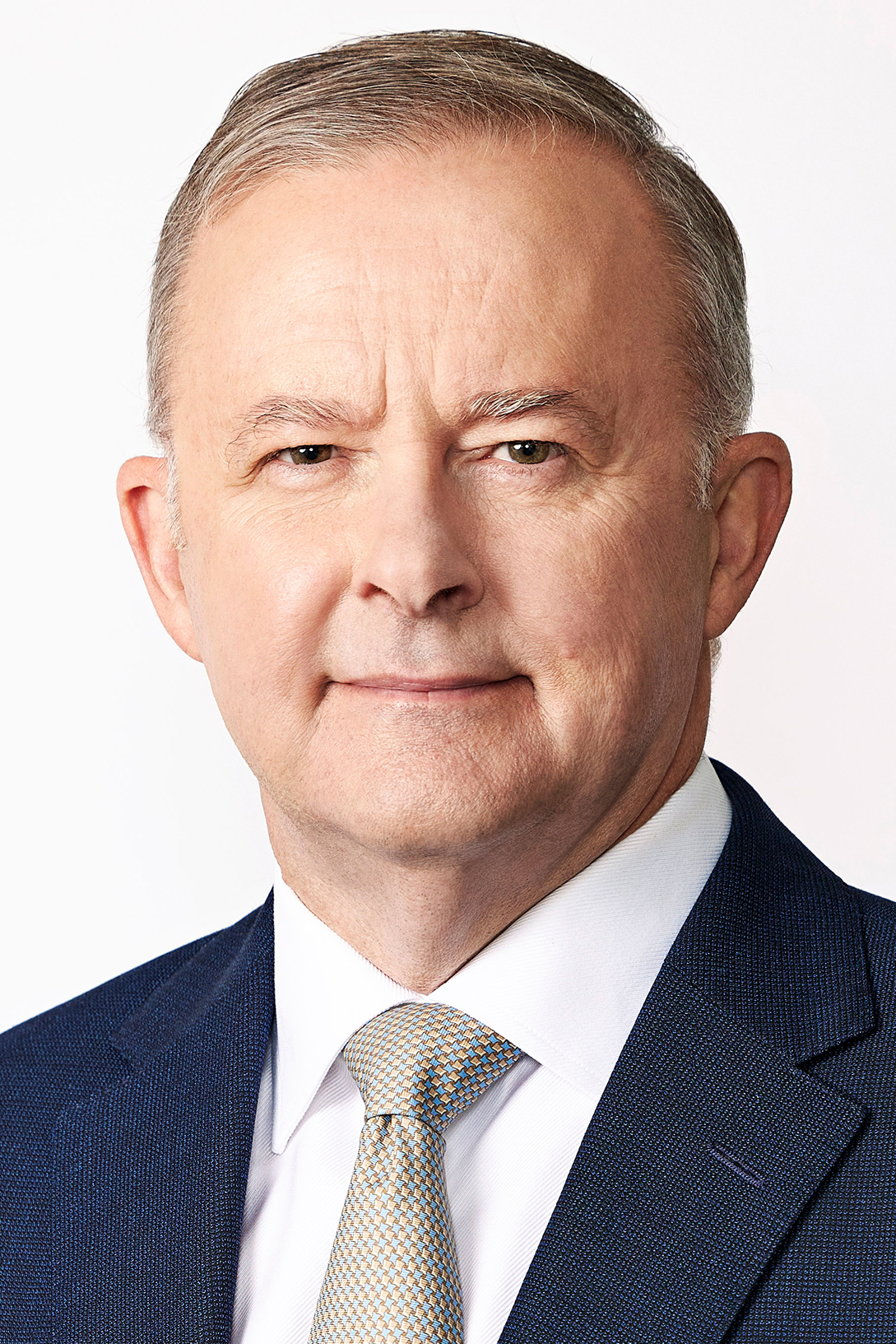Albanese << al buh NAY zee >>, Anthony (1963-…), became the prime minister of Australia in May 2022. Albanese has been head of the Australian Labor Party (ALP) since 2019. He was first elected to Australia’s Parliament in 1996 and has held a number of positions in the federal government.
Early life and family.
Anthony Norman Albanese was born in Sydney on March 2, 1963. He developed an interest in politics at an early age and joined the ALP in 1979. Albanese worked for the Commonwealth Bank of Australia in 1980 and 1981. He earned a Bachelor of Economics degree from the University of Sydney in 1984. From 1985 to 1989, Albanese worked as a researcher for Tom Uren, a Labor minister in the Cabinet of Prime Minister Bob Hawke. Beginning in 1989, he worked as a Labor Party official.

In 2000, Albanese married Carmel Tebbutt, a politician who served in the New South Wales House of Representatives and later served as the state’s deputy premier. The couple, who have a son, separated in 2019.
Political career.
Albanese was first elected to Australia’s House of Representatives in 1996, representing the Sydney constituency (voting district) of Grayndler.
From 2007 to 2010, Albanese served in the Cabinet of Prime Minister Kevin Rudd. At different times, Albanese served as minister for infrastructure, transport, regional development, and local government; infrastructure and transport; and regional development and local government. From 2008 to 2013, he also served as leader of the House of Representatives. In 2010, Rudd’s deputy, Julia Gillard, successfully challenged Rudd for the leadership of the party. In addition to ALP leader, Gillard became prime minister, and Albanese remained in the Cabinet.
In 2013, Rudd successfully challenged Gillard for the leadership of the ALP. Rudd again became prime minister, and he chose Albanese to serve as his deputy. Albanese also served as Cabinet minister for broadband, communications, and the digital economy. Later that year, a coalition of the Liberal and National parties defeated the ALP in a general election. Rudd stepped down as ALP leader. Albanese contested party leadership, but party members elected Bill Shorten to head the ALP.
The coalition was again victorious in a 2019 federal election, and Shorten stepped down as leader of the ALP. Party members then elected Albanese as party leader. In the general election of May 2022, the ALP won the largest number of seats in the Australian House of Representatives. Albanese was sworn in as prime minister on May 23.
